 Kimel was born in Poland in the 1920s and survived the Holocaust in the Rohatyn Ghetto. When asked what he learnt through the Holocaust, he replied, “We have to be tolerant. I don’t care if you’re Catholic, Muslim or something else, as long as you’re a decent human being. That’s really what it is.”
Kimel was born in Poland in the 1920s and survived the Holocaust in the Rohatyn Ghetto. When asked what he learnt through the Holocaust, he replied, “We have to be tolerant. I don’t care if you’re Catholic, Muslim or something else, as long as you’re a decent human being. That’s really what it is.” by Alexander Kimel
I do believe, with all my heart,
In the natural Goodness of Man.
Despite the blood and destruction,
Brought by one man, trying to be God,
In the Goodness of Man, I do believe.
I do believe, with all my heart,
That God gave man the blessing and the curse.
Man can select the curse of envy, hatred and prejudices,
Or the blessing of love, harmony and beauty.
Despite the painful curses of the past,
In the blessing of the Creator, I do believe.
I do believe, with all my heart,
That God created a beautiful world,
The sun and the trees, the flowers and the bees.
And the best way to serve God, is
To enjoy the fruits of His labor of love.
Despite the painful memories from the past,
In the joyful celebration of life, I do believe.
I do believe with all my heart,
That God has created man in image of His own.
And killing of man, is like killing of God.
Despite the massacres in Rwanda, the cleansing in Bosnia,
The folly of Muslim fanatics, and the cruelty of Pot Pol.
In the love and compassion of the Creator, I do believe.
I believe with all my heart,
That the Messiah and the Kingdom of Heaven will come;
When man will conquer his destructive urge,
And learn how to live in harmony with nature and himself.
When all the preachers of hate will be silenced,
And man will become his brother’s keeper.
When man will stop killing man, in the name of God,
And nation will not lift weapons against nation.
When it will be, I do not know, but
Despite all the signs to the contrary.
In the dawn of a Better World, I do believe.
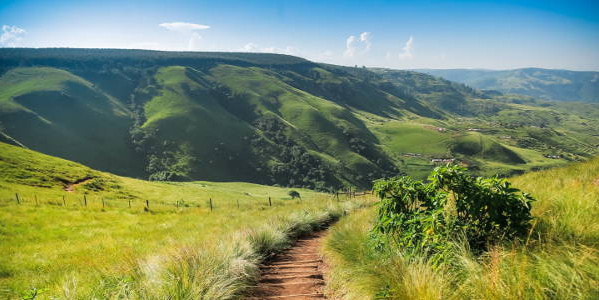
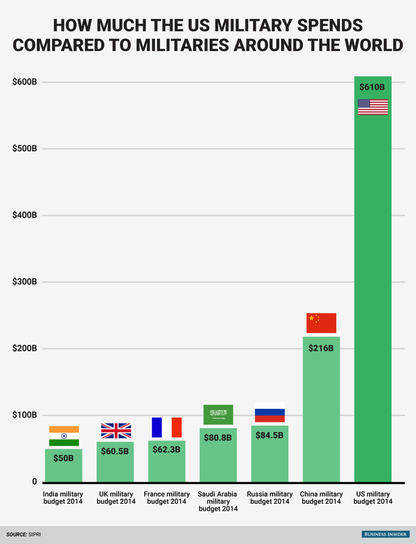
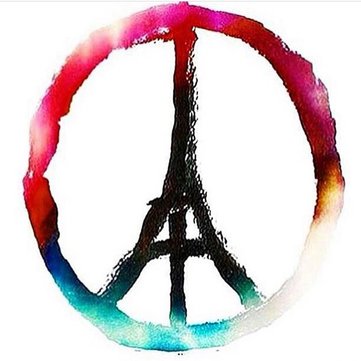
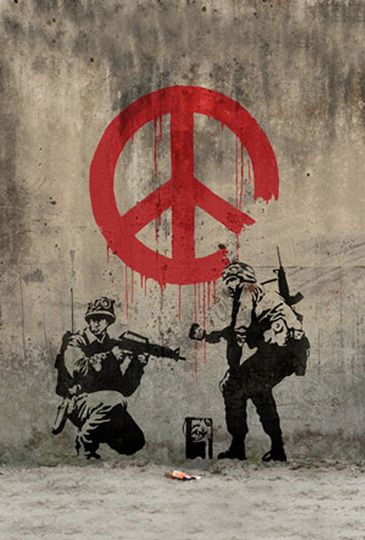
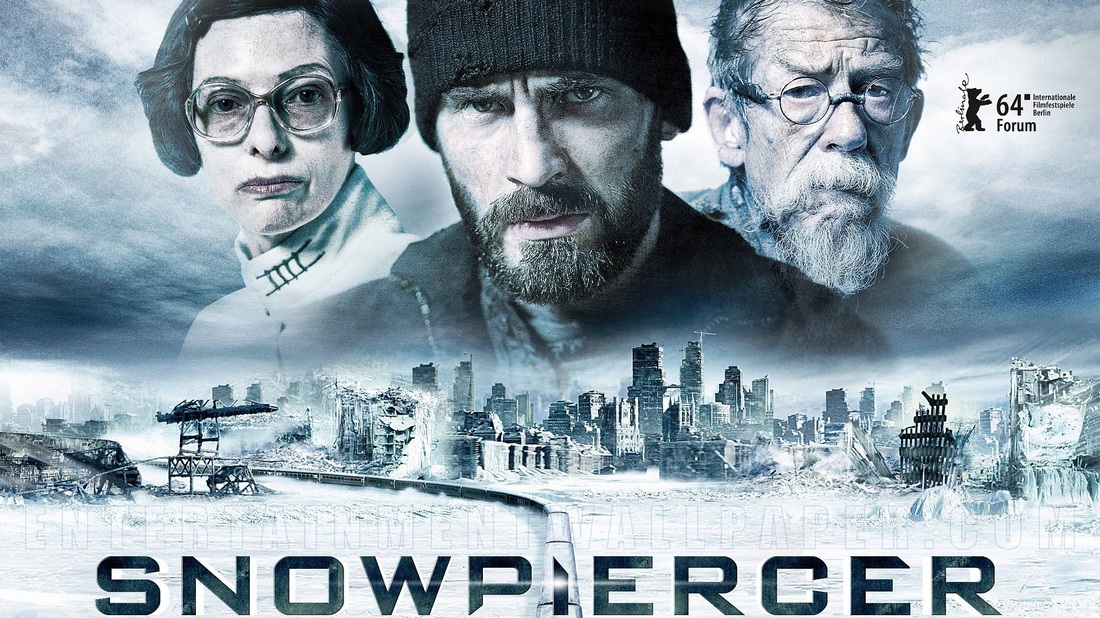
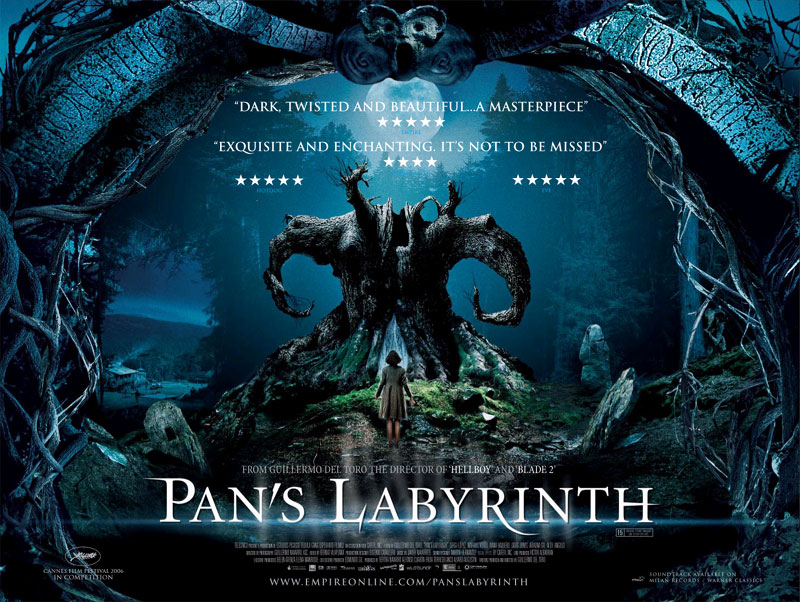
 RSS Feed
RSS Feed
